Lorem ipsum dolor sit amet, consectetuer adipiscing elit, sed diam nonummy nibh euismod tincidunt ut laoreet dolore magna aliquam erat volutpat.
Both chemical and organic fertilizers are made up of macronutrients as well as micronutrients.
Macronutrients:
Macronutrients are those nutrients needed in large amounts and the presence or absence of any one macronutrient can have a detrimental effect on plant growth. See A Guide to Determine Nutrient Deficiencies in Plants.
Three macronutrients – nitrogen (N), phosphorous (P) and potassium (K) – are essential for all plant growth. All fertilizer labels show the ratio of these three primary macronutrients. For example, 2:3:2 (14) represents the ratio of N:P:K, with 14% available plant food and the remainder being carrier constituents. Nitrogen is essential to maintain healthy, green, leaf growth, phosphorous is required for good root development, while potassium encourages flower and fruit formation. Secondary macronutrients are magnesium (Mg), calcium (Ca) and sulphur (S).
Micronutrients:
Micronutrients are trace elements that are needed, in minute quantities, to act as growth regulators in building chemical compounds in plant cells. See A Guide to Determine Signs of Nutrient Deficiency’s.
Micronutrients are iron (Fe), zinc (Zn), manganese (Mn), boron (B), molybdenum (Mo), and copper (Cu). These are usually included in plant food formulations such as Nitrosol, African Violet Food, Seagro, Supranure Plus, Multi-feed P, Kelpak and Trellmix.
Plant foods are highly concentrated and should be used with care. Follow directions for diluting them with water before application. Although they are usually indicated for pot plants, they can be beneficial for all plants.
Slow-release fertilizers:
Slow–release (SR) nitrogen fertilizers release nitrogen over a longer period, eliminating the risk of burning the plant with too much nitrogen and making it possible to fertilize fewer times in a season.
Nitrogen in a highly acceptable form is released by biological action, as and when the plant needs it. Slow–release nitrogen has made fertilizers more user-friendly. Examples are 3:2:1 (28) SR for lawns and general fertilizing of shrubs, trees and climbers; 3:1:5 (26) SR for roses, fruit trees, flowers and vegetables. Grostix Foliage 5:1:5 (22) for pot plants; and Supra 4:1:1 (18) for ferns and palms.
Any chemical fertilizer that does not contain slow–release (SR) nitrogen needs to be watered well after application to prevent plants from suffering chemical burn.
    |
More Advice on Fertilizers
Understanding the Role of Soil pH in Nutrient Absorption After Fertilizing
Soil pH plays a crucial role in determining the availability of nutrients to plants. Different nutrients become available or locked out depending on the soil’s acidity or alkalinity. For instance, acidic soils can limit the availability of nutrients like phosphorus and magnesium, while alkaline soils might restrict iron and zinc absorption. Regular soil pH testing is important to maintain the ideal range (usually between 6.0 and 7.0 for most plants) for optimal nutrient uptake.
The Benefits of Organic Matter in Soil Fertility
Incorporating organic matter into the soil is one of the best ways to enhance soil fertility. Organic materials like compost, leaf mold, and well-rotted manure improve soil structure, increase water retention, and encourage beneficial microbial activity. These materials break down over time, gradually releasing nutrients in a form easily accessible to plant roots. Moreover, organic matter acts as a buffer, reducing the impact of pH imbalances and heavy metal toxicity, thus fostering a healthier growing environment for plants.
Balancing Fertilization with Environmental Sustainability
While fertilizers are essential for plant growth, their overuse can have detrimental environmental impacts, such as nutrient runoff into water bodies, leading to problems like algal blooms and water eutrophication. It’s important to apply fertilizers in accordance with recommended rates, and to consider slow-release or organic options that minimize leaching. Utilizing soil tests to determine exact nutrient needs.
Customizing Fertilization for Different Plant Types
Different plants have unique nutritional requirements, and understanding these can lead to more effective fertilization. For example, leafy vegetables might benefit from higher nitrogen levels for lush growth, while flowering and fruiting plants may require more phosphorus and potassium. Orchids and acid-loving plants like azaleas have specific fertilizer formulations tailored to their needs. Customizing fertilizer based on plant type, growth stage, and even the season can lead to healthier, more productive gardens.
Seasonal Considerations in Fertilizer Application
The timing of fertilizer application is key to maximizing its effectiveness. Spring is often the best time for fertilizing many plants, as it coincides with the onset of active growth. However, fertilizing in late autumn can help prepare perennials for the coming winter. Understanding the growth patterns of specific plants is important – for instance, fertilizing lawns in early autumn promotes root development, while fertilizing in summer can stress the grass during hot, dry periods.
Recognizing and Correcting Over-Fertilization
Over-fertilization can be as harmful as under-fertilization. Symptoms of excess nutrients include salt buildup, leaf burn, and inhibited flowering. If over-fertilization is suspected, stop additional fertilizer application and water thoroughly to help leach excess nutrients. In severe cases, repotting plants or replacing a portion of the soil can be necessary. Going forward, it’s crucial to follow recommended fertilizer dosages and to observe plant responses to adjust feeding schedules accordingly.
Integrating Fertilizers with Overall Plant Care
Effective plant care involves more than just fertilization. Proper watering, adequate sunlight, pest and disease control, and suitable soil are equally important. Fertilizers should be considered as part of an integrated approach to plant care. This includes understanding the specific light and water requirements of each plant, regular monitoring for pests and diseases, and using mulches or compost to improve soil health. Balancing these aspects along with appropriate fertilization ensures overall plant well-being and vigor.
More Resources
Heckers has a nice article on What does NPK stand for on fertilizer bags?































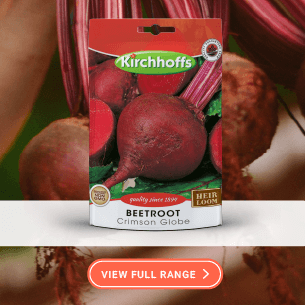



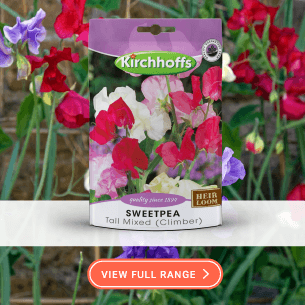
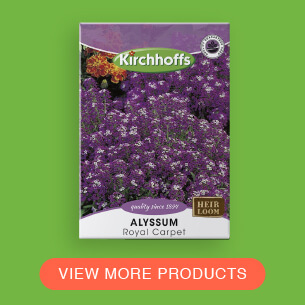
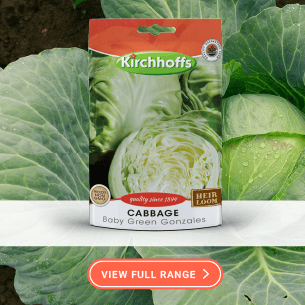


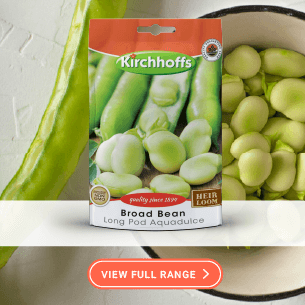
Pingback: What Does NPK Stand For On Fertilizer Bags? | Hecker Nursery